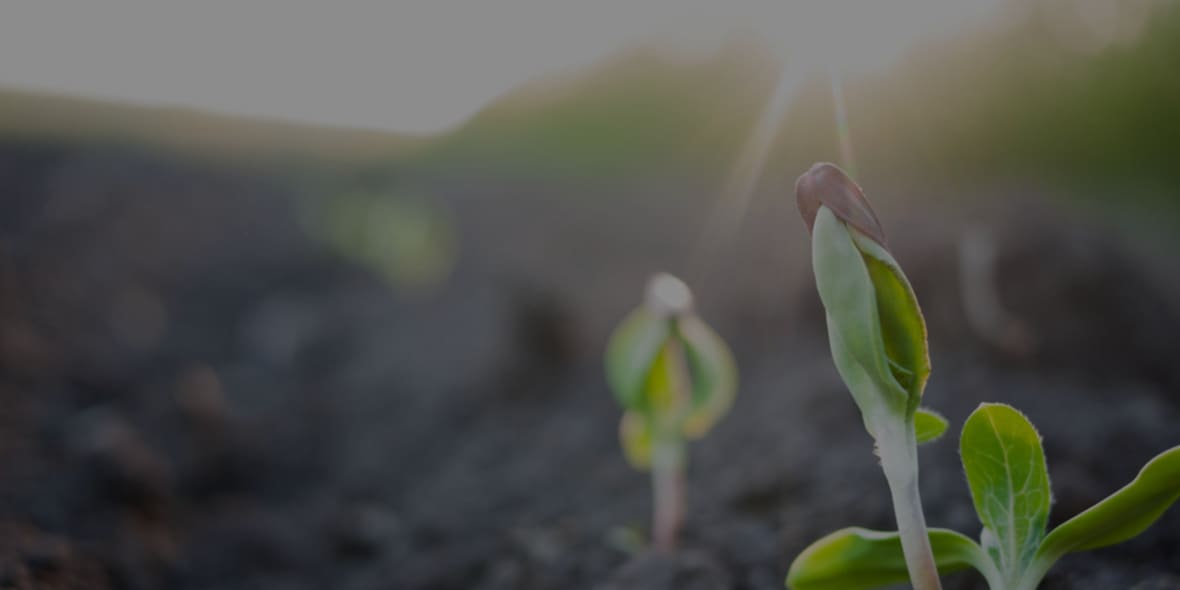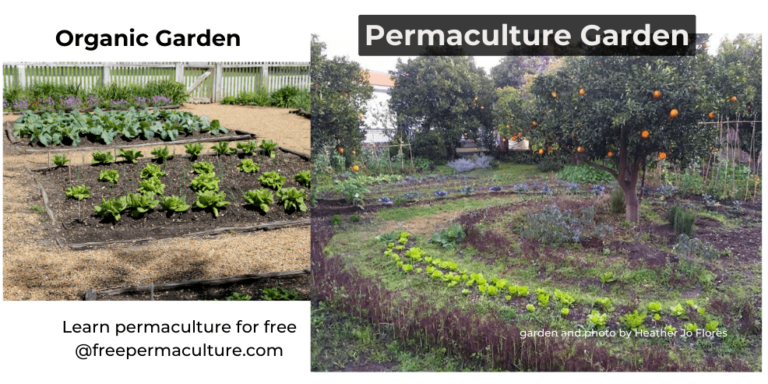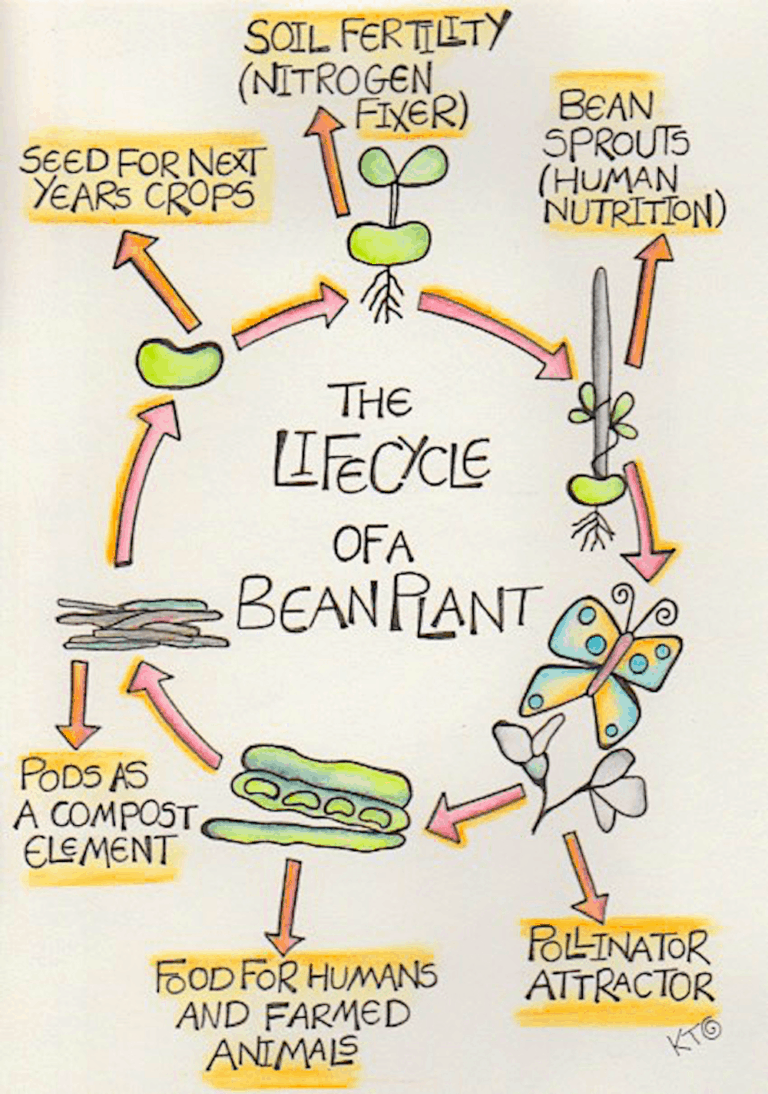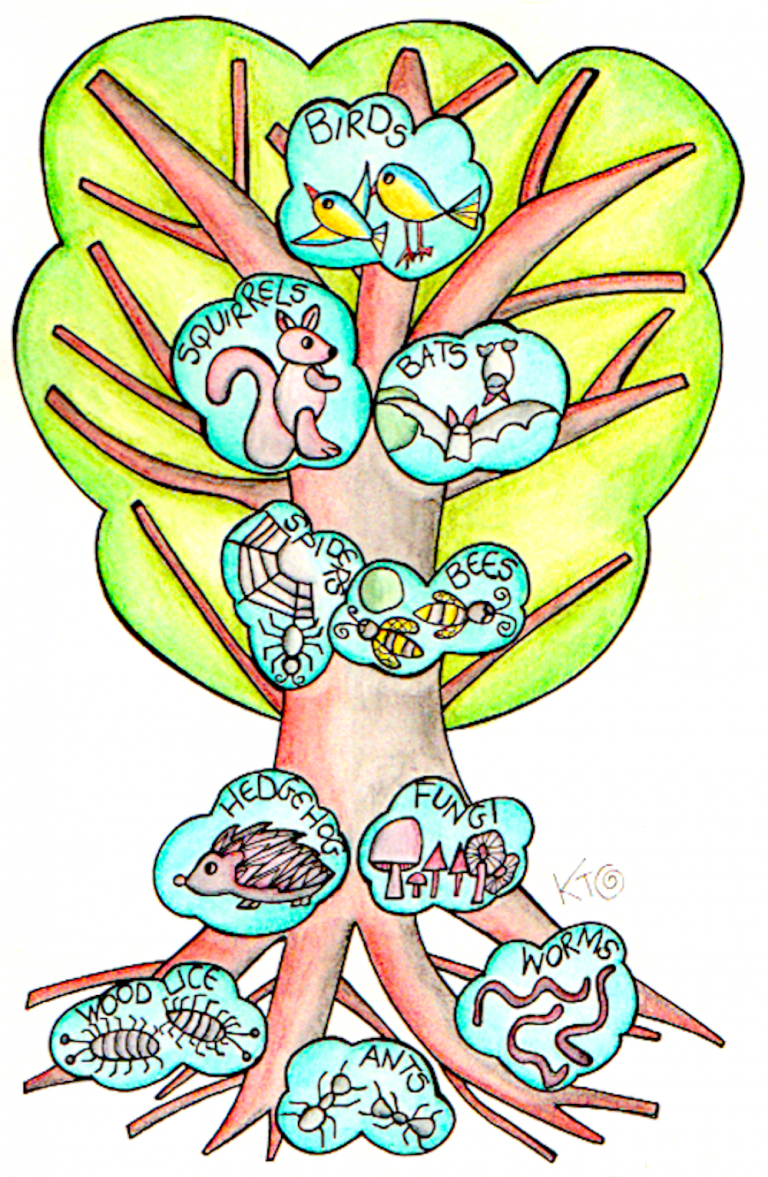“Say that the leaves are harvested when they have rotted into the mold. Call that profit. Prophesy such returns. Put your faith in the two inches of humus that will build under the trees every thousand years.” – Wendell Berry

Trees are essential to a successful permaculture system
Permaculture trees is one of those topics for which there are so many excellent resources already available, so check out the links and resources, and then get out there and do some planting!
Why do trees matter?
Here’s a discussion thread in our facebook group with so many great answers to that question. Come and share your perspectives on trees.
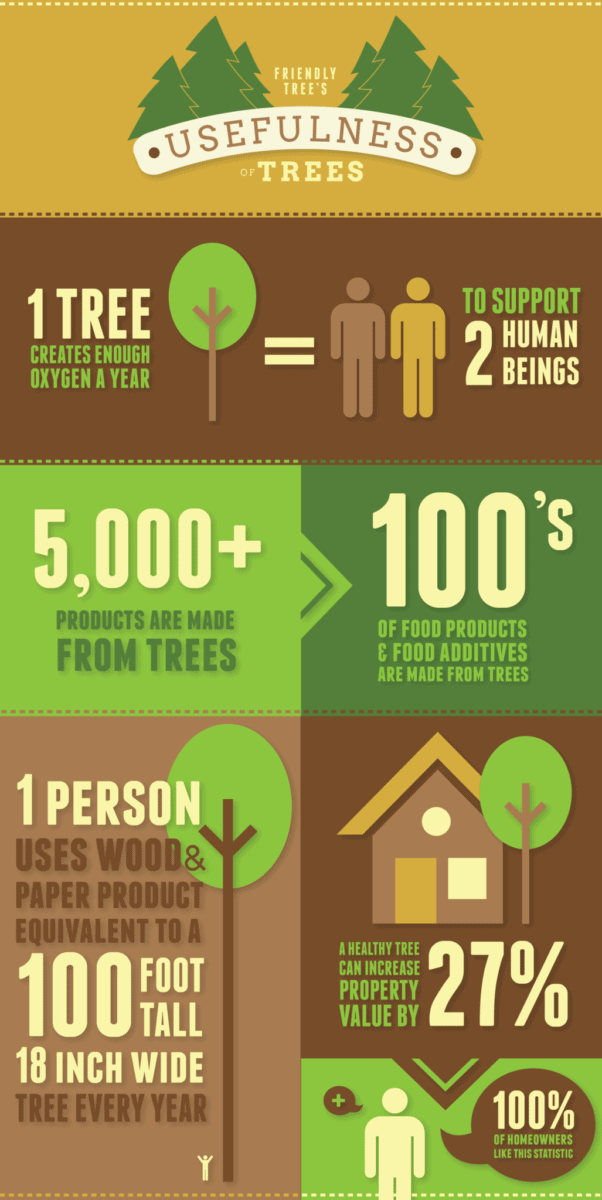
Roles of Trees in a Permaculture System
This article will give you a ton of ideas for how to integrate your permaculture trees into the whole-system.
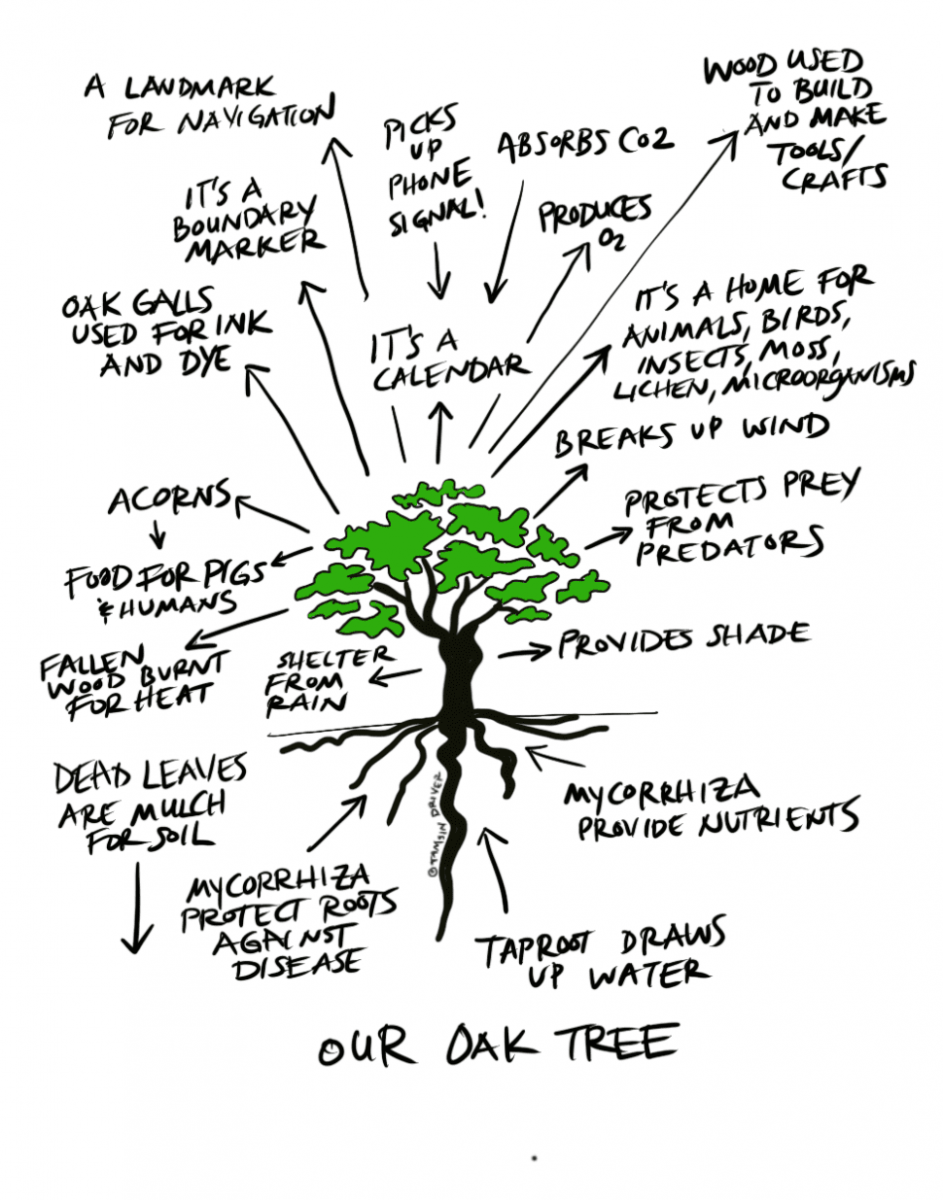
Benefits of Permaculture Trees in Cities
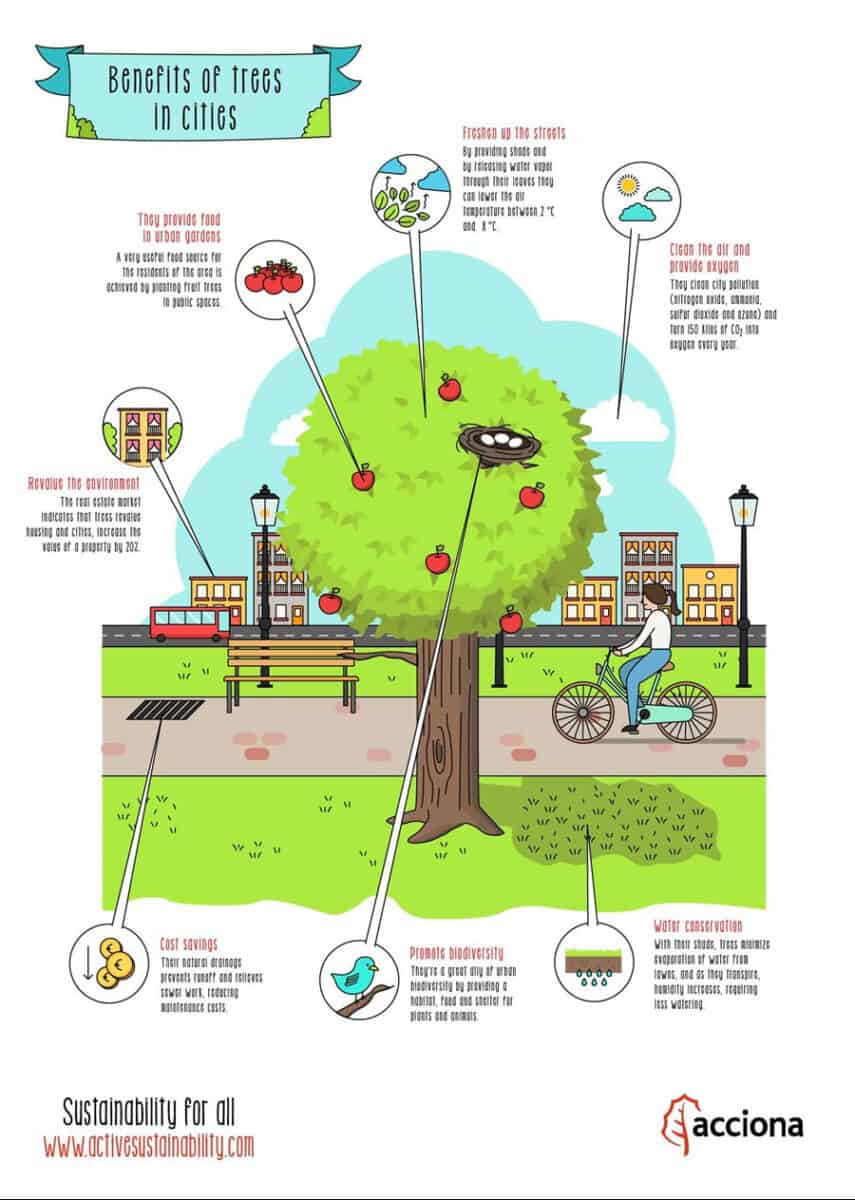
Creating a Canopy
The canopy serves as the upper and outer shell of your garden. It filters light, distributes rainfall, casts shade, and hosts a diverse ecosystem of interconnected creatures who support and interact with your gardens.
If you remember the Scale of Permanence, tree crops are one of the longest lasting yet easiest to change pieces of the permaculture puzzle. But don’t think of the trees as individuals. Think about how all the trees on your site connect and create relationships, and design accordingly.
This article discusses plant guilds for the upper canopy.
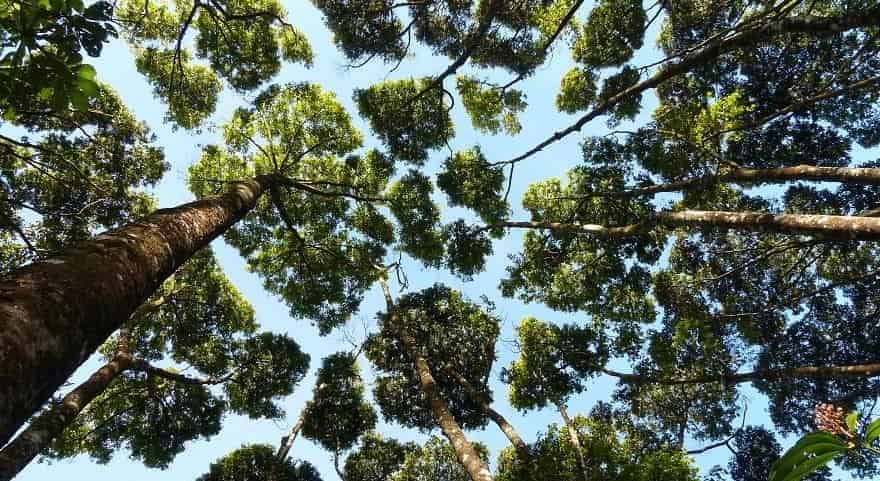
Trees and Their Transactions
This article discusses the ways in which permaculture trees improve the overall yield of a site.
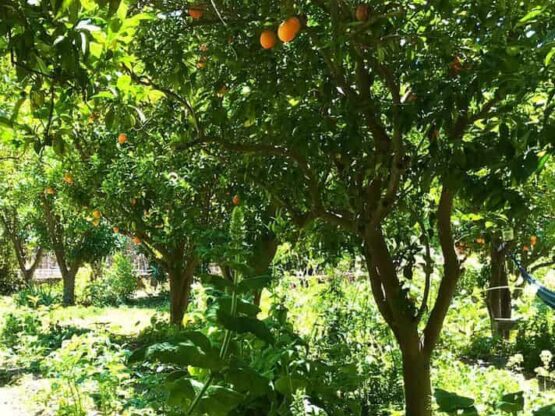
Trees Make You Live Longer
This article discusses how to enjoy a long happy life (spoiler alert: put plants in the center of it.)
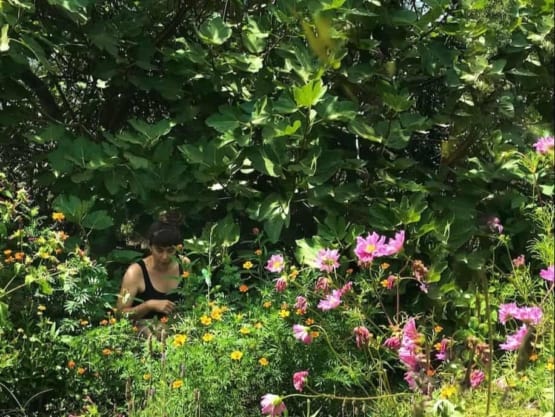
Permaculture Gardening for Beginners: Grafting
Most fruit trees and many fruiting shrubs produce more and better fruit when grafted. Grafting is fun and easy to learn, and, once you get a little practice, you can make hundreds of trees in a single sitting. Imagine your neighborhood turning into a food forest, when you give everybody free fruit trees to plant in the yard!
Permaculture Trees for Every Climate
Find the trees that make the most sense for your garden.
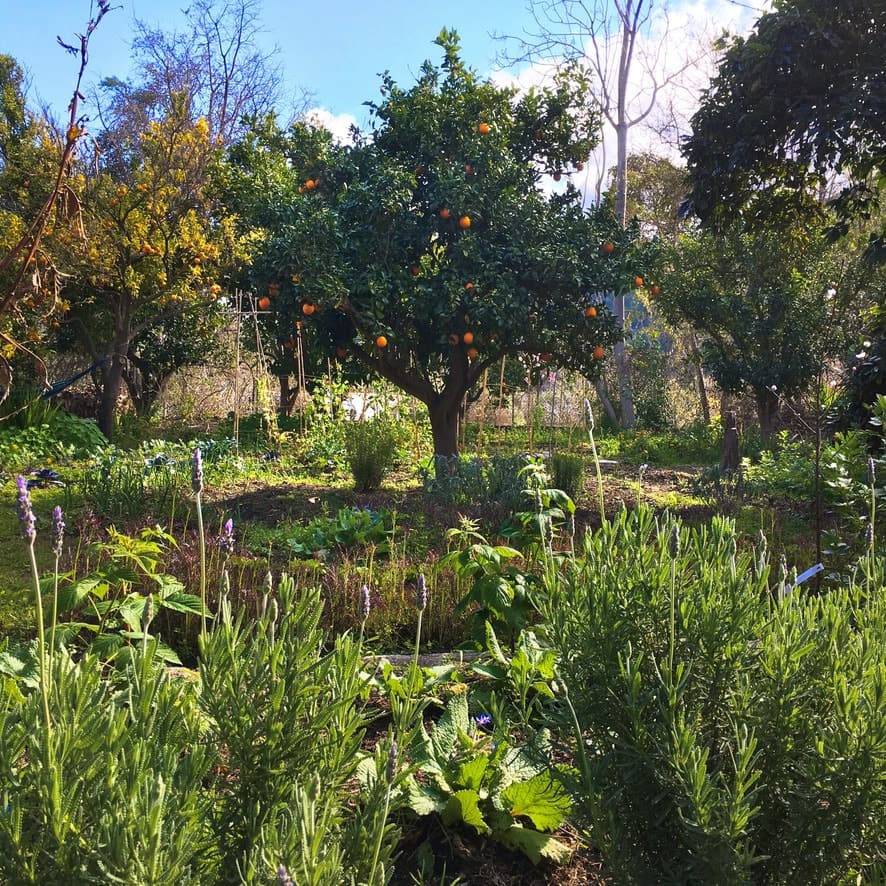
Permaculture Tree Pruning 101
Pro-tips and step by step, hands-on instructions, for beginners and experts alike. Check it out
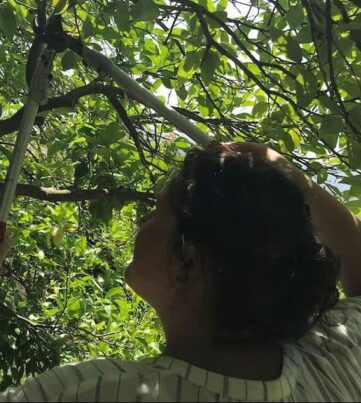
Learn How to Plant a Tree
Follow this super easy step-by-step to give your new trees their best chance to thrive.

Want to learn more about trees permaculture gardening and other topics related to permaculture design principles, sustainability, and whole-systems design? We offer a range of FREE (donations optional) online courses!
Permaculture Trees: Relevant Links and Resources
Midwest Permaculture offers an extraordinary collection of resources about assembling tree guilds and growing food forests. Some of these specific plants won’t grow well in hotter climes, but for the most part this is solid information, applicable to a huge variety of projects.
- Start with this article, listing 80 plant guilds for the midwest. A bunch of these guilds will thrive in a wide variety of climates and microclimates, so check it out.
- And this one, discussing more about plant guilds.
- And this one, about using plant guild designs to heal the planet.
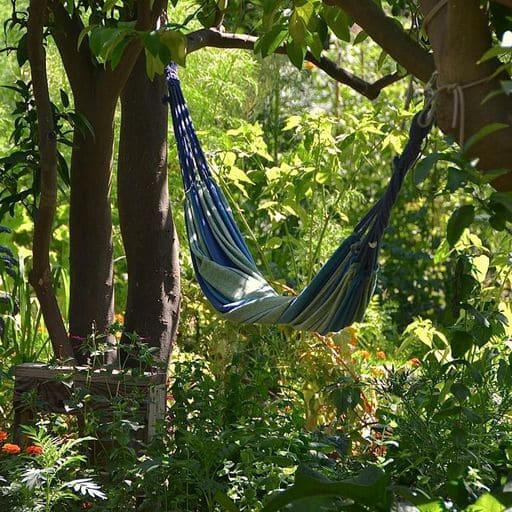
Two free books that you really need to read:
If you’re ready to read some book-length work about trees and how to integrate them into your homestead, here are two excellent ones to start with.
Tree Crops for a Permanent Agriculture
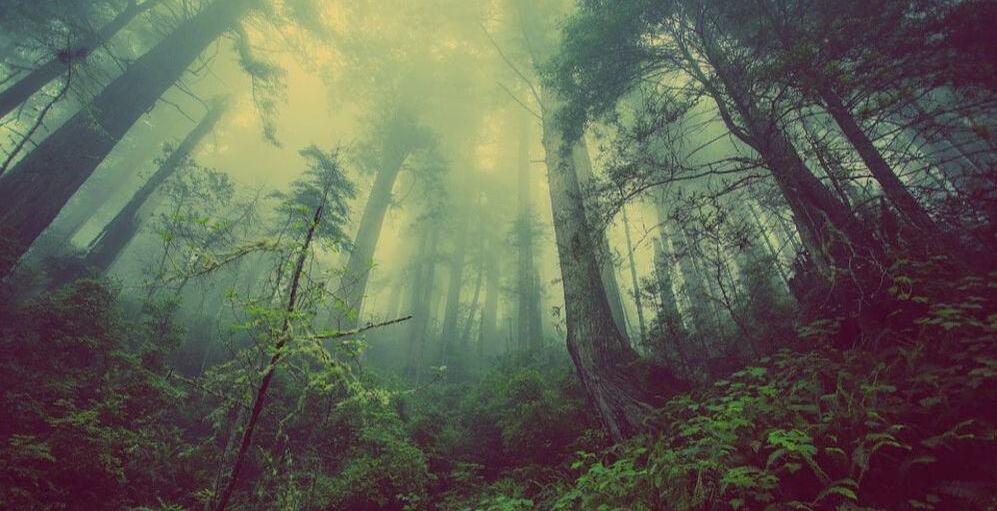
Permaculture Trees Q&A
What is a Permaculture Garden?
Permaculture gardens are designed to mimic natural ecosystems by using plants that have evolved together over thousands of years. They use techniques such as companion planting, crop rotation, intercropping, and polyculture (growing multiple crops from different species) to create sustainable food production systems.
Permaculture gardening uses these principles to design landscapes that provide for all life on Earth, including humans. It also provides an alternative to the current industrial agricultural system which relies heavily on chemical fertilizers and pesticides.
The goal of permaculture is not just to grow food but to build healthy communities and regenerative environments.
What Is Permaculture Orchard?
A permaculture orchard can be thought of as a mini ecosystem. You are creating a microcosm of nature within your property. This includes planting trees that will provide food, shelter, and habitat for wildlife.
In addition to this, a permaculture orchard also provides many benefits for humans, the most obvious being the fact that you’ll have delicious fruits and vegetables throughout the year.
But there are also some less obvious benefits, such as the fact that you’ll be able to reduce your carbon footprint and help save our planet.
What Are Permaculture Perennial Gardens?
Permaculture perennials don’t require constant maintenance like an annual garden does. Instead, perennials continuously add organic material to the soil over time—leaves, stems, roots, seeds, and flowers. This helps to build up the fertility of the soil, making it easier for future crops to grow.
In addition, because perennials are native to the area, they’re already adapted to local conditions. They’ll naturally attract beneficial insects and birds, and provide shelter for wildlife. And, since they live for many years, they can even contribute to the restoration of damaged habitats.
Finally, there’s no need to buy expensive fertilizer or pesticides. All you need is some compost to keep the system efficiently producing fine edible permaculture produce.
What Are Evergreen Permaculture Trees?
Evergreen trees are not only useful for their aesthetic value but they also provide many other benefits such as food production, erosion control, wildlife habitat, carbon sequestration, water filtration, soil stabilization, wind protection, shade and firewood.
They can also help reduce urban heat island effects by shading buildings and roadsides.
The best way to grow these trees is to plant them in groups on steep slopes where they have access to moisture from rainwater runoff.
In addition, they need lots of space to spread roots and branches. This allows them to reach deep into the ground and soak up nutrients.
A well-designed garden should include at least three different types of tree species, including conifers, broadleafs and deciduous trees.
What trees should not be planted in a permaculture garden
The following are examples of trees that do not belong in a permaculture design.
- Trees that require heavy pruning (such as apple, pear, cherry, plum, peach, apricot, nectarine, almond, pecan, walnut, etc.)
- Trees that have weak root systems (eucalyptus, pine, spruce, fir, cedar, cypress, etc.)
- Trees that grow too fast (poplar, linden, maple, ash, elm, oak, sycamore, etc.)
- Trees that produce large amounts of fruit (apple, pear, cherry, fig, grape, etc.)
- Trees that need regular fertilization (cherry, pear, apple, plum, peach, nectarine, apricot, almond, pecan)
